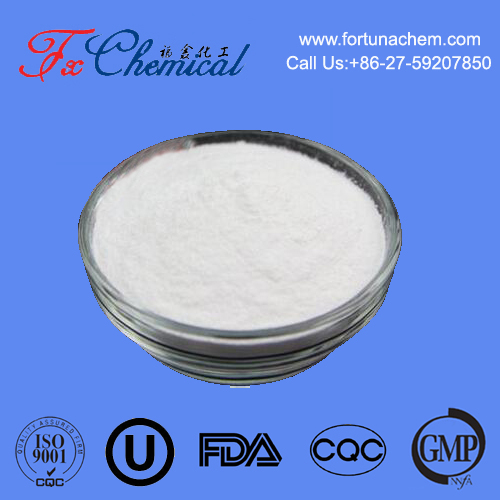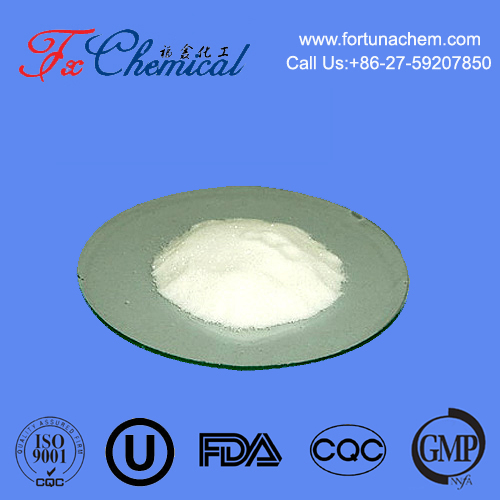
Search

Search

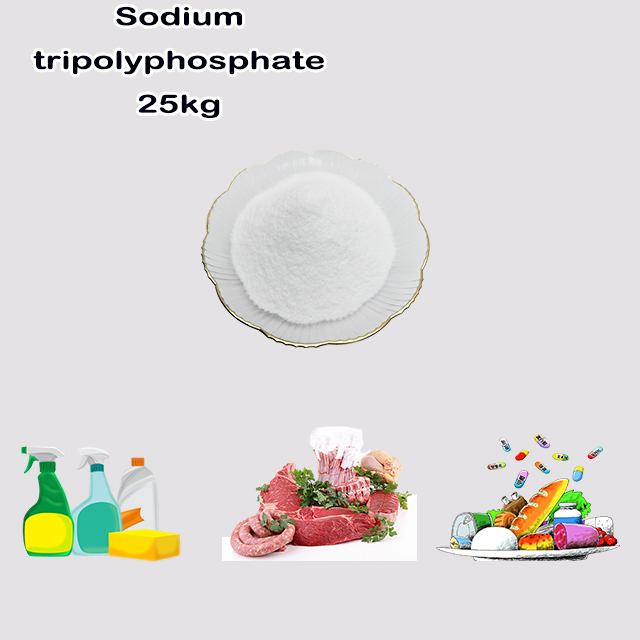
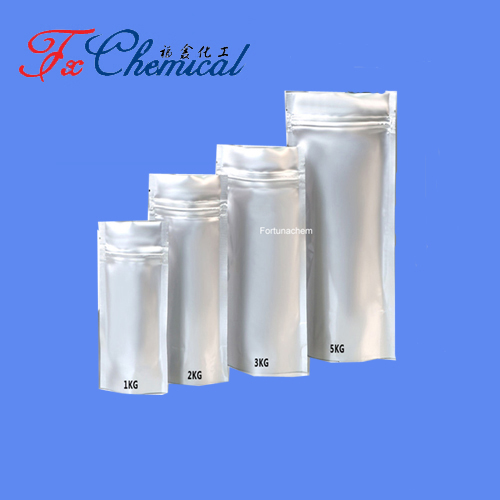
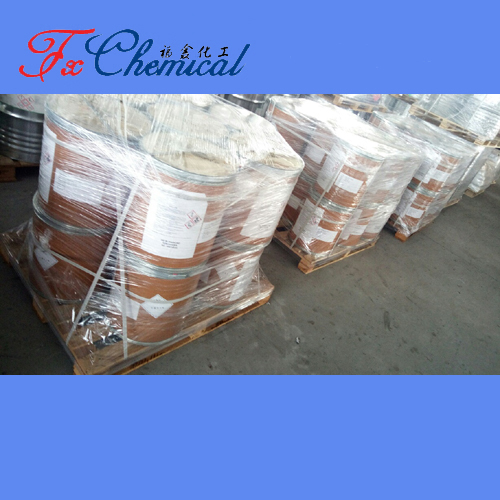
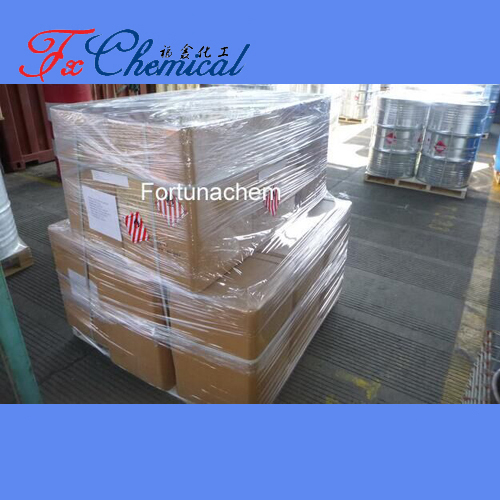
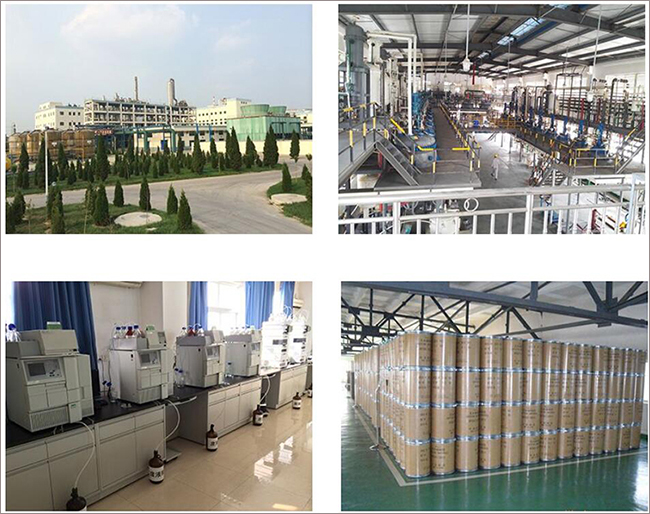





Sodium Tripolyphosphate (STPP) is a synthetic chemical compound (Na₅P₃O₁₀). Its key function is chelating (binding) metal ions, especially calcium and magnesium, which softens hard water.
Main Uses:
Detergents/Cleaners: Historically a major "builder" boosting cleaning power (softening water, dispersing dirt). Phased out in many laundry detergents due to environmental concerns.
Food Industry (E451): Used as a preservative and moisture retainer in processed foods (seafood, meats, cheeses) to improve texture and shelf life.
Environmental Concern: Can cause eutrophication (excessive algae growth) in waterways if not removed from wastewater.
Sodium Tripolyphosphate (STPP) is a synthetic chemical compound with the formula Na₅P₃O₁₀. It belongs to the class of compounds known as polyphosphates.
Here's a breakdown of its key aspects:
Chemical Nature:
It consists of sodium (Na⁺) cations and the tripolyphosphate anion (P₃O₁₀⁵⁻).
The anion is a chain of three phosphate units (PO₄) linked together by shared oxygen atoms.
Production:
Made by heating a stoichiometric mixture of disodium phosphate (Na₂HPO₄) and monosodium phosphate (NaH₂PO₄). This reaction is typically done in two stages: neutralization of phosphoric acid with sodium carbonate or hydroxide, followed by dehydration and condensation.
Common forms: Anhydrous (powder) and Hexahydrate (Na₅P₃O₁₀ · 6H₂O - crystals/granules).
Key Properties (Why it's useful):
Chelation/Sequestration: Its primary function is to bind (chelate or sequester) metal ions, particularly calcium (Ca²⁺) and magnesium (Mg²⁺). This makes it extremely effective at softening hard water.
Dispersion & Deflocculation: Helps break up and suspend dirt, clay, and other particles, preventing them from redepositing onto surfaces.
Emulsification: Aids in stabilizing oil-in-water emulsions.
pH Buffering: Maintains alkaline conditions (high pH), which enhances the cleaning power of detergents.
Protein Modification: Interacts with proteins, improving water retention and texture in food applications.
Major Applications:
Preservative: Extends shelf life.
Moisture Retainer: Helps foods (especially seafood like shrimp and scallops, processed meats like sausages and hams, and cheeses) retain water, improving texture, tenderness, and juiciness. This also reduces cooking losses and prevents freezer burn.
Emulsifier: Aids in stabilizing processed foods.
Note: Permitted levels are strictly regulated by agencies like the FDA and EFSA.
Softening hard water (preventing soap scum and improving surfactant efficiency).
Dispersing and suspending soil.
Emulsifying greases and oils.
Preventing redeposition of dirt.
Note: Due to environmental concerns (see below), its use in household laundry detergents has been phased out or significantly reduced in many countries, replaced by zeolites and other builders.
Detergents & Cleaners (Historically the largest use): Added to laundry detergents, dishwasher detergents, and industrial cleaners as a builder. It boosts cleaning power by:
Food Industry (Food Additive E451): Used as:
Water Treatment: Used to control water hardness and corrosion in industrial water systems (boilers, cooling towers).
Industrial Applications: Used in ceramics production, leather tanning, textile processing, paper manufacturing, and as a dispersant in paints and pigments.
Dental Products: Found in some toothpastes as a tartar control agent.
Environmental & Safety Concerns:
Eutrophication: This is the biggest environmental concern. When STPP from detergents enters lakes, rivers, and seas via wastewater, the phosphate acts as a powerful fertilizer for algae and aquatic plants. This leads to excessive growth (algal blooms), which depletes oxygen in the water (hypoxia), harms fish and other aquatic life, and disrupts ecosystems. This drove the phase-out in laundry detergents.
Wastewater Treatment: Removing phosphates effectively requires advanced wastewater treatment plants.
Safety: Generally recognized as safe (GRAS) for use in food at regulated levels. However, excessive consumption (well beyond normal dietary intake from processed foods) could potentially disrupt mineral balance (like calcium and magnesium). Industrial-grade STPP can be an irritant to skin, eyes, and respiratory system.
In Summary:
Sodium Tripolyphosphate (STPP) is a versatile chemical workhorse, primarily valued for its ability to bind hard water minerals (softening water), disperse soils, and retain moisture. While its use in household laundry detergents has declined due to environmental regulations targeting phosphate pollution (eutrophication), it remains important in industrial cleaning, food processing (as a preservative and moisture retainer), water treatment, and various other industrial applications under controlled conditions.
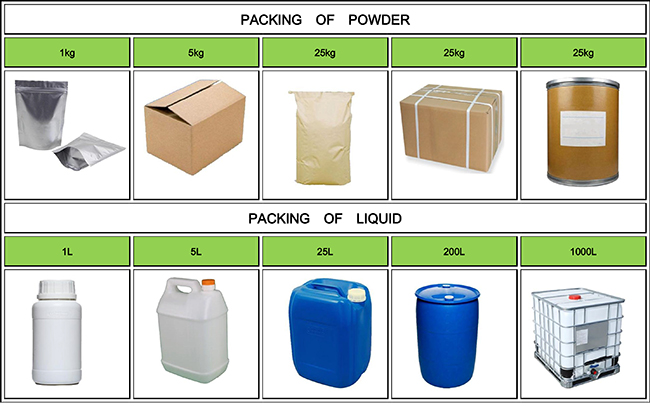
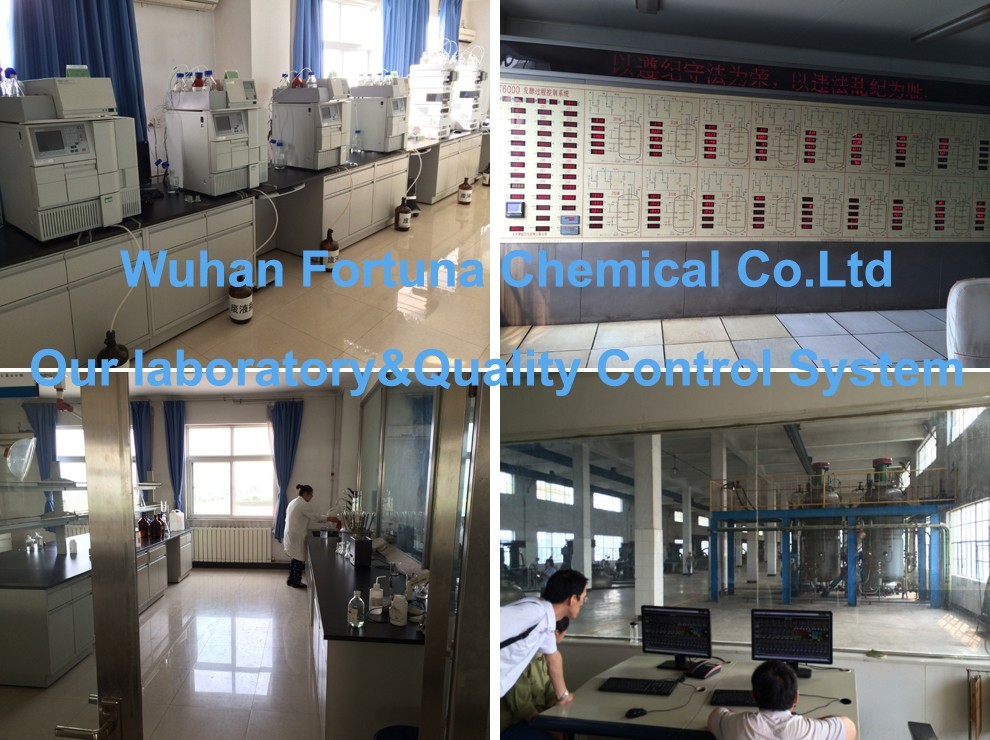


Fortunachem Provides Not Only Professional Chemical Products But Also Professional Help
Keeping you up-to-date with all the latest information, news, and events about Fortunachem!

Quick Links
Add:
E-mail:
 English
English  Español
Español  français
français  العربية
العربية 

